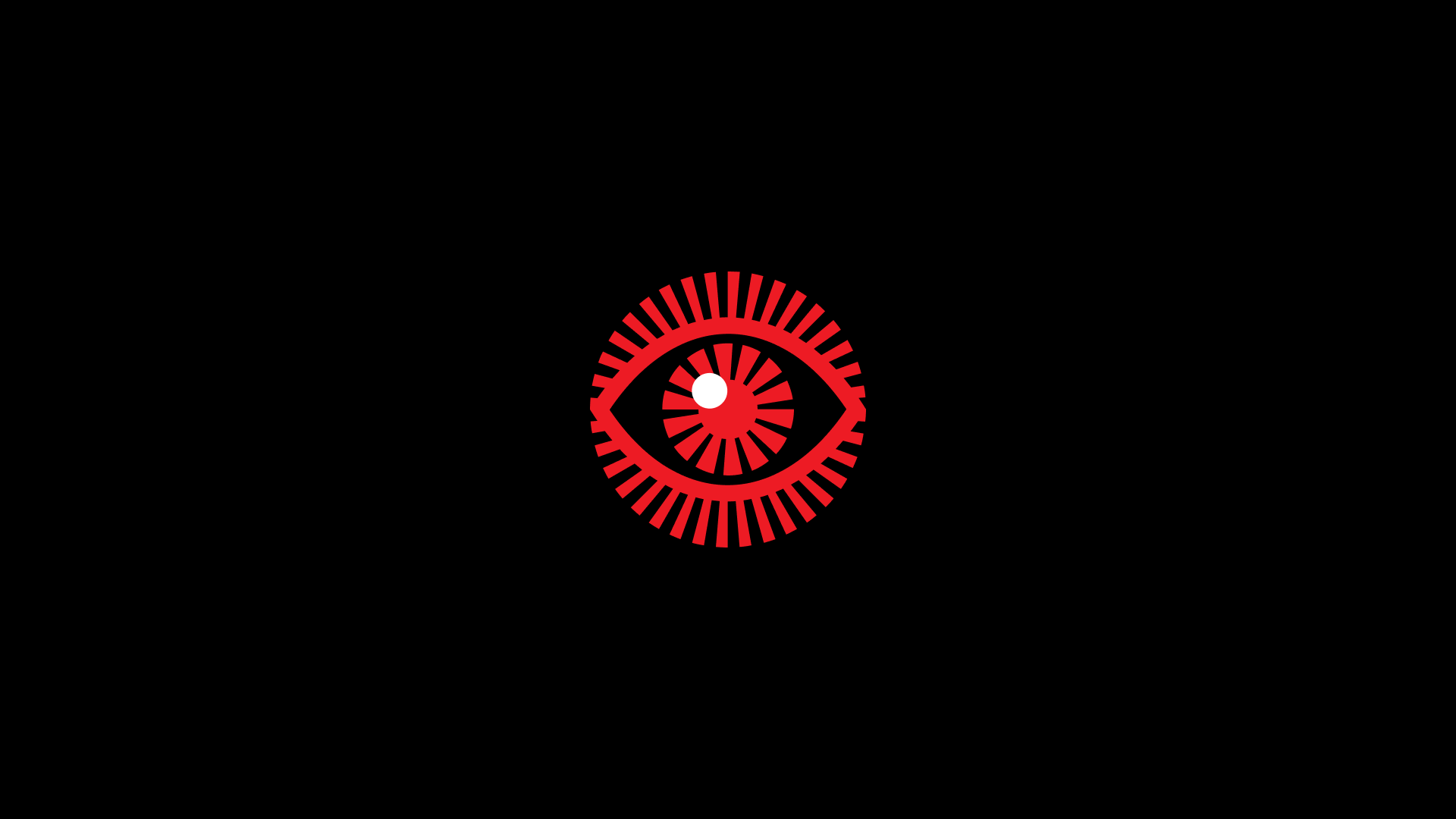Tasks analysis helps identify the tasks that your website and applications must support and can also help you refine or re-define your site’s navigation or search by determining the appropriate content scope. For example, when interviewing users interested in gardening and realizing that most of them forget to water their plants every morning, the designer may include an alarm feature in the final design to address this problem.
The designer aims to keep the tasks as simple as possible and eliminate unnecessary steps, thus simplifying the process.
Task analysis refers to learning how users work (i.e., their tasks) to achieve their goals. It emerged from instructional design (the design of training), human factors, and ergonomics (understanding how people use systems to improve safety, comfort, and productivity).
Task analysis is crucial for user experience because a design that solves the wrong problem (i.e., doesn’t support users’ tasks) will fail, no matter how good its UI is. In task analysis, a task refers to any activity usually observable with a start and an endpoint. For example, if the goal is to set up a retirement fund, the user might have to search for good deals, speak to a financial advisor, and fill in an application form — all tasks.
It’s important not to confuse goals with tasks. For instance, a user’s goal isn’t to fill in a form. Rather, a user might complete a form to register for a service they want to use (which would be the goal).
Purpose of Task Analysis
In their book User and Task Analysis for Interface Design, JoAnn Hackos, and Janice Redish note that performing a task analysis helps you understand:
- What your users’ goals are; what they are trying to achieve
- What do users do to achieve those goals
- What experiences (personal, social, and cultural) users bring to the tasks
- How users are influenced by their physical environment
- How users’ previous knowledge and experience influence:
- How they think about their work
- The workflow they follow to perform their tasks
Task analysis differs slightly from job analysis (what an employee does in her role across a certain period — such as a week, month, or year) or workflow analysis (how work gets done across multiple people). In task analysis, the focus is on one user, her goal, and how she performs tasks to achieve it. Thus, even though the name “task analysis” may suggest that the analysis is of just one task, task analysis may address multiple tasks, all in service of the same goal.

Task analysis focuses on how a user accomplishes her goal by completing tasks. It differs from workflow analysis — where several users are studied to understand the tasks they perform to achieve a shared organizational goal — and from job analysis, where one employee is learned over time to understand the requirements for his role.
Studying users, goals, and tasks is an important part of the design process. When designers perform task analysis, they are well-equipped to create products and services that work according to users’ expectations and help users achieve their goals easily and efficiently. Task analysis, as a method, provides a systematic way to approach this learning process. It can be flexibly applied to existing designs (e.g., an enterprise system) and system-agnostic processes (e.g., grocery shopping).
The task-analysis process can be viewed as two discrete stages:
Stage 1: Gather information on goals and tasks by observing and speaking with users and/or subject-matter experts.
Stage 2: Analyze the tasks performed to achieve goals to understand the overall number of tasks and subtasks, their sequence, hierarchy, and complexity. The analyst typically produces diagrams to document this analysis.

A hierarchical task-analysis (HTA) diagram of a user trying to create a digital copy of a physical letter using a new home scanner involves several tasks (or operations): download scanner software onto a MacBook computer, launch the program, scan the document, then save it.
An HTA diagram starts with a goal and scenario (like a Customer Journey Mapping does) and highlights the major tasks to be completed to achieve it. In human factors, these tasks are referred to as ‘operations.’ Each task in the top layer can be broken down into subtasks. The number of subtask levels depends on the complexity of the process and how granular the analyst wants the analysis to be.
Not all users accomplish goals in the same way. For example, a novice user might perform more tasks than an expert user, and the latter might skip certain steps. The HTA enables these differences to be captured through ‘plans.’ At each level, a plan specifies the order of the steps and which steps might be undertaken when or by whom.
For example, a user who can’t remember his password has to complete steps 1.5 (Click Reset password) and 1.6 (Enter a new app-store password) to download software for the scanner.
At the end of the task analysis, the analyst understands all the tasks users may perform to achieve their goals and the nature of those tasks. Armed with this knowledge, the analyst can design (or redesign) an efficient, intuitive, and easy-to-use product or service.
Task analysis is a systematic method of studying the tasks users perform to reach their goals. The process begins with research to collect tasks and goals, followed by a systematic review of the tasks observed. A task-analysis diagram or an HTA is often the product of task analysis; the HTA can be used to communicate to others the process users follow and as a starting point for further assessment.

